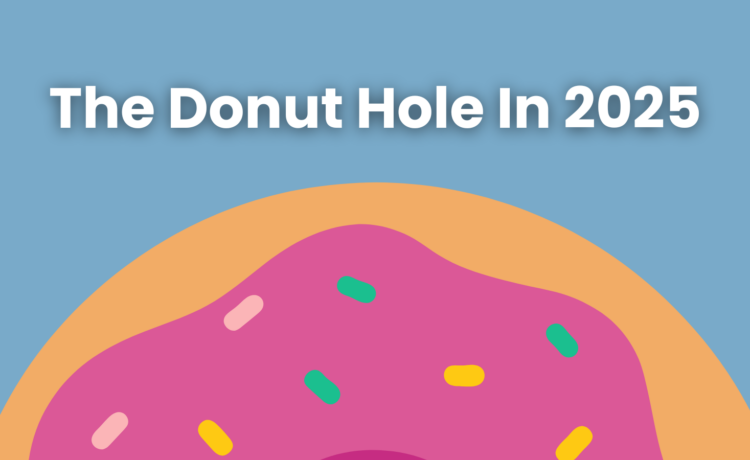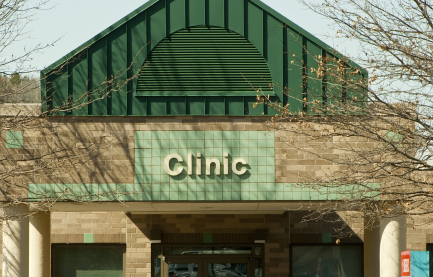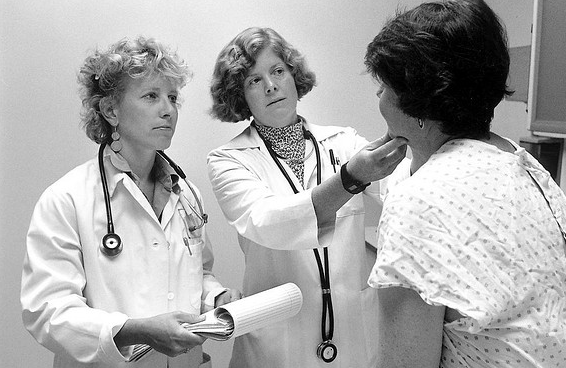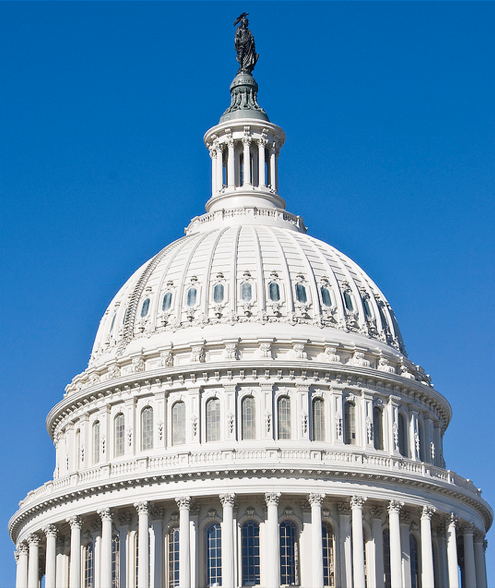Last Updated on March 24, 2025
If you’ve struggled to keep up with the cost of prescriptions under Medicare, you’re not alone. For years, the “donut hole” left many people paying more than expected. While that coverage gap officially closed in 2020, Medicare Part D has continued to evolve–especially with new changes taking effect in 2025.
This article explains what the donut hole used to be, how Medicare Part D works now, and what the latest reforms mean for your wallet. Whether you’re new to Medicare or reviewing your plan, we’ll help you better understand coverage, costs, and how to avoid common pitfalls.
What is the Medicare Part D “donut hole” And does it still exist in 2025?
The “donut hole” in Medicare Part D was once a gap in prescription drug coverage that caused enrollees to pay more out of pocket after reaching a certain level of drug spending. It was a major concern for Medicare beneficiaries with chronic conditions or high medication costs.
That coverage gap was officially closed in 2020 under the Affordable Care Act. As of 2025, there is no longer a donut hole in Medicare Part D. Beneficiaries now pay 25% of the cost of covered drugs during most of the year until they reach their out-of-pocket limit, at which point they pay $0 for the rest of the year.
Even though the term “donut hole” is still used informally, it no longer reflects how Medicare drug coverage works today. Instead, Medicare Part D now uses a phased benefit structure with more predictable costs and stronger protections thanks to recent legislation.
How does Medicare Part D work in 2025?
Today, Medicare Part D follows a tiered structure that determines how much you pay for prescription drugs over the course of the year. The coverage begins with a deductible phase, where you pay 100% of your drug costs until you meet the annual deductible of $590.
Once you’ve met the deductible, you move into what’s called the initial coverage phase. Here, your Medicare drug plan pays most of the cost, and you pay 25% of the price for covered prescriptions. This cost-sharing continues until your spending reaches a certain threshold.
When your true out-of-pocket costs (TrOOP) reach $8,000, you automatically enter catastrophic coverage. Thanks to changes under the Inflation Reduction Act, you’ll pay $0 for covered medications for the rest of the year once you hit this limit.
How is the Inflation Reduction Act changing Medicare Part D in 2025?
The Inflation Reduction Act of 2022 made major changes to Medicare prescription drug coverage that take full effect in 2025. These updates make coverage more affordable and predictable for millions of people enrolled in Medicare Part D.
Here’s what’s changing in 2025:
- A $2,000 annual cap on eligible out-of-pocket drug costs for most enrollees. While the TrOOP threshold used to calculate catastrophic coverage is $8,000 (due to how discounts are counted), the actual financial burden on beneficiaries is now limited.
- Once you reach the out-of-pocket threshold, you pay $0 for covered prescriptions for the rest of the year.
- A new monthly payment option allows beneficiaries to spread out high drug costs instead of paying large amounts upfront.
These changes aim to lower prescription drug spending, prevent medication non-adherence due to cost, and improve overall health outcomes for Medicare beneficiaries.
How do I qualify for catastrophic drug coverage under Medicare Part D?
You qualify for catastrophic drug coverage when your TrOOP spending reaches $8,000 in 2025. At that point, you no longer have to pay for covered prescriptions for the rest of the year.
Spending that counts toward this $8,000 includes:
- The full amount you pay for covered prescriptions (deductibles, copays, and coinsurance).
- Discounts from drug manufacturers on brand-name drugs.
- Payments made on your behalf by family members, state programs, or charitable foundations.
Premium payments, non-covered drugs, and prescriptions filled at out-of-network pharmacies do not count toward this limit.
Your Medicare drug plan tracks your progress and includes your spending details on monthly statements. Keeping your pharmacy receipts can help you verify accuracy.
What happens if I can’t afford my prescriptions under Medicare Part D?
Even with recent improvements to Medicare Part D, many people still face challenges affording their medications—especially early in the year before reaching their out-of-pocket cap, or if a needed drug isn’t covered by their plan. If you’ve skipped doses, delayed refills, or gone without medications because of cost, you’re not alone.
Fortunately, several programs can help reduce or eliminate prescription costs:
- Extra Help (Low-Income Subsidy): Offered by the Social Security Administration, this program helps Medicare beneficiaries with limited income and resources pay for prescription drug costs. In 2025, those who qualify pay no more than $11.20 per prescription. You can apply at medicare.gov or by calling 1-800-633-4227.
- Patient Assistance Programs (PAPs): If you don’t qualify for Extra Help, you may still be eligible for a PAP. These programs are offered by pharmaceutical companies to provide free or low-cost medications to uninsured or underinsured patients. Learn more about how PAPs work here.
- State Pharmaceutical Assistance Programs (SPAPs): Many states have their own assistance programs to help residents cover prescription drug costs. Check if your state participates here.
- Nonprofit Assistance: Some national and local nonprofit organizations offer grants or direct aid to help with medication costs, copays, or premiums. Examples include the PAN Foundation, HealthWell Foundation, and RX Outreach.
If you’re struggling, don’t wait–help is out there. These programs can ease the financial burden and ensure you stay on track with the medications you need.
What happens if I don’t enroll or use a pharmacy outside my plan?
If you delay enrolling in Medicare Part D and don’t have other creditable drug coverage, you may face a late enrollment penalty. This penalty is added to your monthly premium and lasts for as long as you have Part D coverage.
In 2025, the penalty is calculated as 1% of the national base premium ($36.78) for each full month you went without coverage. That adds up over time, making it more expensive to enroll later.
If you fill prescriptions at a pharmacy that’s not in your plan’s network, or pay out of pocket without submitting claims, those expenses won’t count toward your TrOOP limit. This can delay your eligibility for catastrophic coverage and increase your total costs.
To avoid these issues:
- Stick to your plan’s formulary or request coverage exceptions
- Enroll in a Part D plan when first eligible
- Use in-network pharmacies
Final Thoughts
The Medicare Part D donut hole may be gone, but staying informed about your coverage is still essential. In 2025, the Inflation Reduction Act introduces important updates, including a cap on out-of-pocket costs and $0 cost-sharing after reaching that limit.
Knowing what counts toward your spending threshold–and what doesn’t–can help you plan ahead and avoid unexpected bills. If you’re unsure about your options, there are programs and resources available to help.
Take the time to review your plan, ask questions, and get the support you need to manage your medication costs confidently and affordably.





14 Comments
I can not think anything that is more uncivilized , barbaric and immoral
as targeting the sickest of our seniors with a financial burden like the Medicare Donut Hole. The most primitive societies honor and respect
their elders. Why can’t the United States do the same , honor and
respect its elders instead of labeling as takers?
I agree 100%.
So true – but until enough people reach the point that we shame our politicians into caring for our sick and elderly citizens the way other countries do, we will be stuck with the currently greedy and broken system. Read the reviews and blogs on people’s experiences with medicare drug plan companies ( terrible customer service, complicated self-serving exceptions, and rip-off coverage pricing). Let the companies know how you feel.
Check out and read up on how other countries’ governments provide health care for their citizens. No system will ever be perfect. Raise your awareness – talk to other people. If this truly matters to you, contact your politicians to express your opinion.
It just happened to me!! Donut Hole!! Yes, our government should be ashamed!!!
I cannot afford my rx Lyrica $248.00!!
Looking for patient assistance when I am in donut hole…
Know of any specific plans?
Thanks. JW
Judith, please give us a call at 800-503-6897 and let’s see how we can help you!
Hello. I’m under 65 and on Social Security and on a Medicare Advantage plan. I will be hitting donut hole in June and I need financial assistance then so I will be able to take my medications. Please advise who I should reach out to for assistance. Thank you. Barb.
Barb, please give our helpline a call at (800) 503-6897 and let’s see how we can help!
Is congress subject to the donut hole? I already can guess the answer is “NO”
My husband is on disability for a rare genetic kidney disease. He is on several different medications. He is going to run out of his most important kidney drug that keeps his kidneys functioning properly without creating a million kidney stones. His out of pocket costs are going up to over $600 a month for this one medication. His pain medication just quadrupled in price, and his other kidney medication just went from $4.80 a month to $77.50 a month. Plus he is on 7 other medications for blood pressure, heart condition and depression. They are all quadrupling in price this month. This is the most ridiculous thing I have ever heard of. This is America. We should not have to make a decision whether to eat or pay for medication that can be life threatening.
Senior advocates should ban together and close the donut hole gap. ie legislators, AARP & affected subscibers.
Just happened to me as well. My drug cost when from $105 a month to $394. It will go higher next month according to my drug plan.
Our Government Officials will do nothing to fix this unless they are forced to use the same programs we do. I’m 100% sure this will never happen.
They passed their own Health plan like they passed their own wage increases etc.
Nothing like giving the key for the jail to the inmates.
They have also passed so many laws protecting themselves that it is impossible for citizens to get rid of these jerks.
And don’t say voting…obviously voting does not work anymore.
One would think that their conscience would guide them but alas only $$$$ in their pockets guides their decisions.